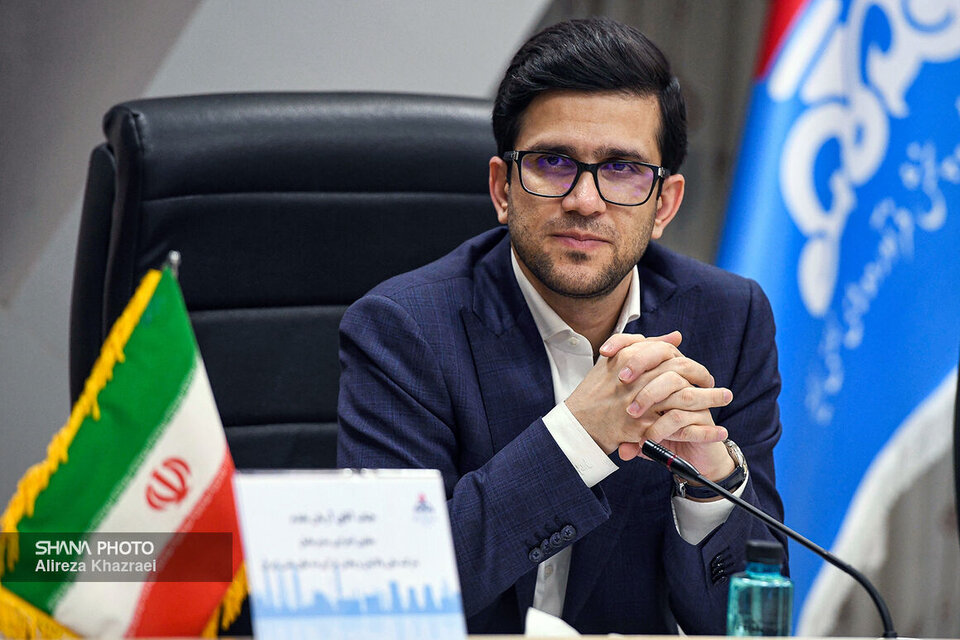According to NIORDC, CEO Mohammad-Sadeq Azimifar said that under the 14th government’s fuel management policy, aimed at reducing dependence on gasoline and expanding the use of compressed natural gas (CNG) in the transportation sector, the dual-fuel vehicle program has been revived. He described it as one of Iran’s strategic energy initiatives designed to improve fuel efficiency, reduce foreign currency costs from gasoline imports, and enhance urban air quality.
Azimifar said that according to available data, 12,125 vehicles were converted to dual-fuel systems in the first seven months of 2024, a number that rose to 32,462 during the same period in 2025 — marking about 168% growth.
Three New Contracts Signed With Automakers
The deputy oil minister said that in September 2024, as the 14th administration took office, the company reorganized the project’s key components — including automakers, contractors, the National Association of Alternative Fuels and Related Services, and conversion workshops. One of the main priorities, he added, was resolving financial challenges and overdue debts to contractors and automakers, which have since been settled.
Azimifar noted that with technological upgrades, the rate of vehicle conversions has increased significantly in recent months. He cited several key measures: accelerating the supply of imported raw materials, providing parts for more than 200,000 fuel tanks, and localizing production of fourth-generation dual-fuel kits.
He added that all outdated or worn-out tanks — including more than 17,000 taxis identified by the Interior Ministry and a total of 22,000 vehicles since the start of the project — have been replaced. New factory production contracts have been finalized, and three new agreements have been signed with automakers Iran Khodro, Zamyad, and Bahman to address issues in previous workshop-based conversion contracts.


Your Comment